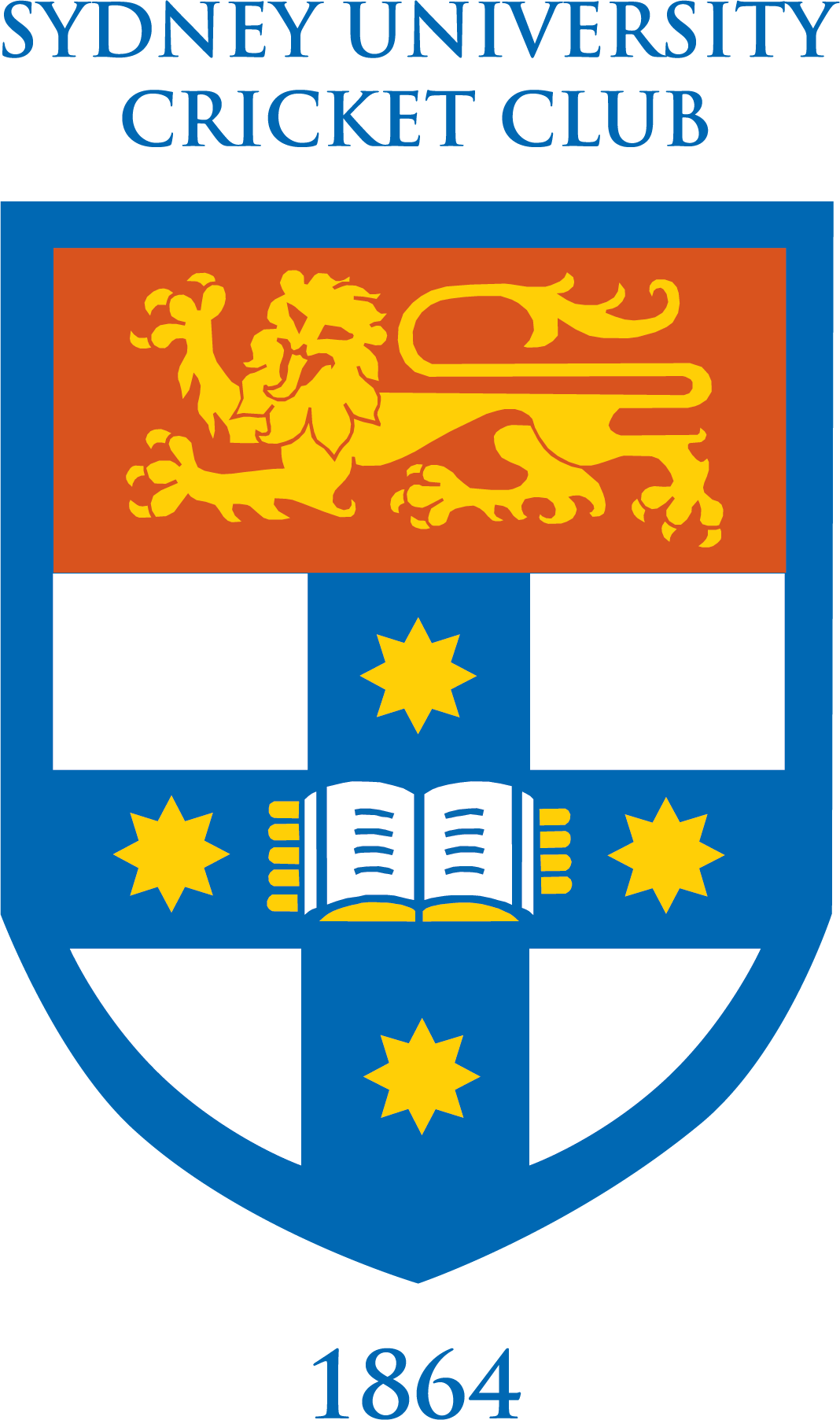CAPTAIN JOHN STUART DIGHT WALKER, MC
Killed 21 July 1918 at Merris Nord, France. Buried at Borre Cemetery.
Major Leonard May writes about Captain Walker’s death at Merris Nord, France, on 21 July 1918: ‘…he went out to reconnoitre and was coming back when a machine gun opened fire…as he turned, he was hit in the head and killed immediately.’
Two weeks later, among the sporting results and news of sportsmen’s activities at the Front, the Sydney paper ‘The Referee’ carries an account of Walker’s death. He was a sportsman, ‘who had plenty of ability, abundant enthusiasm and an ample reserve of pluck.’
Two years earlier, Walker wrote to one of his aunts, Mrs Robertson:
‘I have got a crack at last and a rather nasty one but one is lucky to come out alive…’
He writes with prosaic understatement about his Military Cross, his promotion to Captain, the compound fracture of his femur. And concludes with a heartfelt,
‘…hope they got compulsion (conscription) in Australia…it would do them good.’
John Stuart Dight Walker carried the Dight name, a surname that resonates through the ages with the Sydney University Cricket Club. Five of his relations have played for SUCC. His cousins, between 1893 and 1902, FJR (Frank) Dight, WB (William) Dight and CC (Clarence) Dight, and in more recent times, brothers Stephen and Jeffrey Dight who played during the 1970s and 1980s.
JSD Walker could claim, through his mother’s family, relationship with the renowned Australian explorer, Hamilton Hume (1797-1873) who married Elizabeth Dight, Walker’s great aunt.
The Dight and Walker families served Australia with unrivalled fidelity during The Great War.
The Reverend John Walker (1855-1941), patriarch of the Walker family, one time Moderator of the Presbyterian Church in Australia, was a chaplain who visited Australian soldiers in hospitals in France and England during 1917.
His daughter, Marjorie, served as a nurse with the Australian forces, especially at Salonica.
His wife’s brother, Lance Corporal Hilton Dight, a graduate in Engineering from the University of Sydney, was noted for his bravery under fire at Gallipoli and in France. He returned to Australia in 1917, suffering from illness, shell shock and awful hallucinations. He took his own life at Narrandera in June 1918.
Five of the sons of Reverend Walker and his wife, Jessie (nee Dight), Arthur, John, Noel, Alison and Maxwell, also served. Arthur, Noel and John were killed in France.
John and Jessie carried these crosses throughout their long lives. Jessie died at 69 in 1932 but John survived until 1941 aged 86.
John Stuart Dight Walker was born in England, at Birkenhead, in September 1885, but his family moved back to Australia as his father took up various parish postings.
At Sydney Grammar School, he was a carefree natural sportsman. In his final two seasons (1902-03 and 1903-04) in the school 1st XI, he took 203 wickets in all games with his left arm ‘swervers’ and scored over 2000 hard hitting runs. ‘He kept the good ones out and swung his extensive arms on the loose ones’ commented the 1904 ‘Sydneian’ with some insight. He and Marcus Blaxland put on 264 in 1903 when Sydney Grammar defeated Melbourne Grammar in the annual match by an innings and 270 runs, but there was a stark contrast in styles. Blaxland’s 247 was cultured and orthodox. Walker’s 108 was belligerent and risky as he was dropped three times.
Walker’s final school game in March 1904 was an indication of his destructive talent as he left abiding memories of his prodigious ability. His 8 for 67 routed an inexperienced St Joseph’s side.
He represented the Grammar 1st XV, was appointed a College Prefect and matriculated to the Department of Engineering at Sydney University in 1905. His career with the Cricket Club (1st Grade cap no 86), however, stuttered and faltered, in stark contrast with his glittering schoolboy feats. In three interrupted seasons in 1st Grade, he scored 63 runs at 5.7 and took 19 wickets at 29.7. He even spent more time in 2nd Grade in 1905-06 than he did in 1st Grade but he still found no form (108 runs. 5 wickets).
He graduated B Eng in 1907 and then his profession took him away from Sydney for some time. He managed a gold mine near Meekatharra in the mid-west of Western Australia before enlisting at Blackboy Hill in 11 Battalion as a Private in April 1915, although he qualified for a commission, before proceeding to the Front. He stood an impressive 183 centimetres tall and weighed 84 kilos. The light brown hair that had peeked out from under his cricket caps now showed under his Lieutenant’s cap.
For bravery at Pozieres in 1916, Walker was awarded the Military Cross. ‘For conspicuous gallantry and skill during operations. He assisted wounded men and sent up ammunition and water to forward dumps under incessant shell fire…’. His care for his men came at a cost. At Mouquet Farm, he was hit in the left thigh and knee by sniper fire which fractured his femur. It was eventually decided, after hospitalisation in London, that he should be invalided back to Australia in February 1917 to recover. But he was not to be denied. He convinced the medical authorities that he was fit for duty and returned in November 1917, rejoining 11 Battalion in May 1918.
Captain Walker is remembered at Sydney University in the War Memorial carillon.
At St Andrew’s in Ballarat, where Reverend Walker was posted during the war years, a stained glass window was dedicated in 1942 honouring the three brothers who were killed in France. The inscription reads:
‘Their father conceived the idea of this tablet as an inspiration to those who follow on so that the torch of liberty, which they gave their comrades true from their falling hands, might be held high in each succeeding generation.’
James Rodgers
